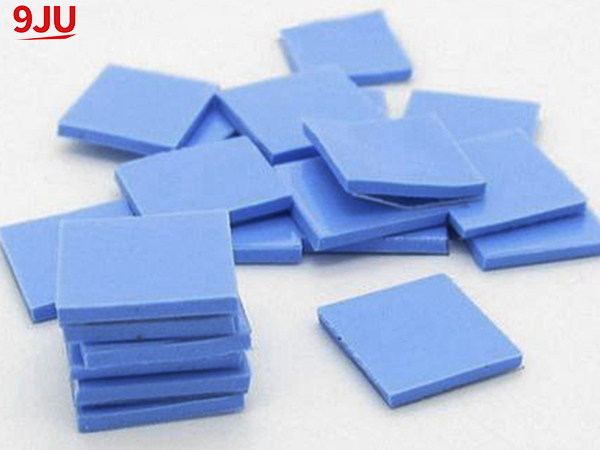The main feature of thermal pads is their ability to efficiently transfer heat from one surface to another. This is achieved by using materials with high thermal conductivity, such as silicone or graphite, which dissipate heat quickly. Thermal pads are commonly used in electronic devices such as computers and smartphones to ensure that the heat generated by components such as processors and graphics cards is effectively managed to prevent overheating and potential damage.
One of the main features of thermal pads is their ability to adapt to uneven surfaces. This is important as it ensures maximum contact between the pad and the surface to be cooled, thus optimizing heat transfer. The flexibility of the thermal pad allows it to adapt to the contours of electronic components, ensuring that heat is evenly dissipated across the surface.
Another important feature of thermal pads is their durability and reliability. These pads are designed to withstand high temperatures and long-term use without degrading performance. This is critical for electronic equipment that may operate at high temperatures for extended periods of time. The ability of thermal pads to maintain thermal conductivity over time is critical to the long-term reliability of electronic devices.
In addition to thermal conductivity, thermal pads also exhibit good electrical insulation properties. This is crucial for electronic equipment as it prevents the risk of short circuits or electrical interference. The insulating properties of the thermal pad ensure that heat dissipation is its primary function without compromising the electrical integrity of the components in contact with it.
Additionally, thermal pads are known for their ease of installation. They often come in pre-cut shapes and sizes, making them easy to use in a variety of electronic applications. The simplicity of installation ensures that the thermal pads can be easily integrated into the manufacturing process of electronic devices without the need for complex assembly procedures.
Thermal stability of thermal pads is another important feature. These pads are designed to maintain their performance over a wide temperature range, ensuring consistent heat dissipation even under extreme operating conditions. This is especially important for electronic devices that may be subject to changes in ambient temperature during use.
Additionally, thermal pads are engineered to provide high levels of thermal impedance, which is a measure of resistance to heat flow. By minimizing thermal resistance, these pads facilitate efficient heat transfer, thereby preventing heat build-up in electronic components. This property is critical for maintaining the optimal operating temperature of electronic devices and preventing thermal throttling that can affect performance.
In summary, the key properties of thermal pads, including high thermal conductivity, flexibility, durability, electrical insulation, ease of installation, thermal stability, and low thermal resistance, make them an important component for managing heat in electronic devices. They efficiently transfer heat while maintaining electrical integrity, ensuring reliable and safe operation of electronic equipment. As technology continues to advance, the need for high-performance thermal pads remains critical to solving the thermal management challenges of modern electronic devices.
Post time: Jun-20-2024


